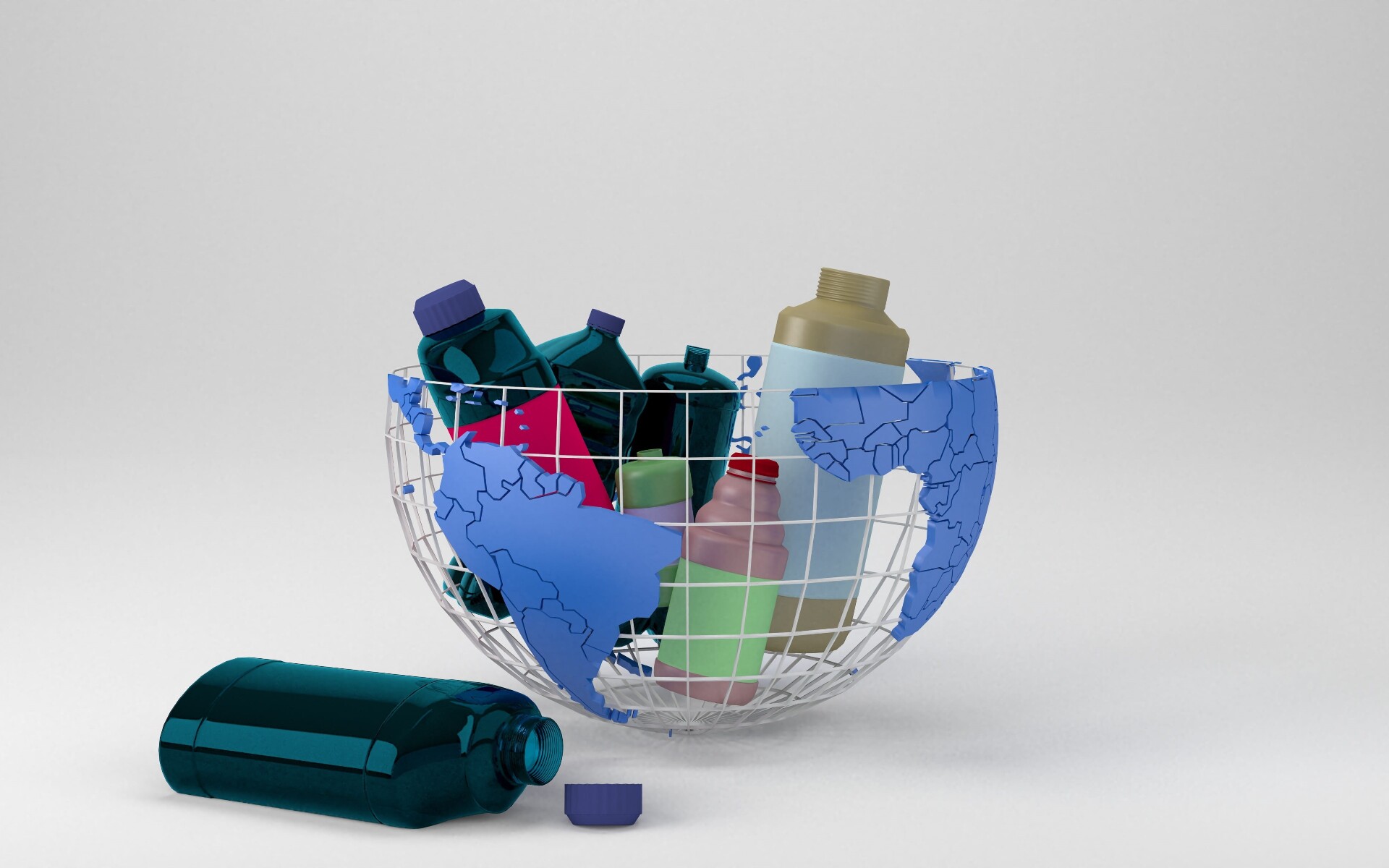With the increasing problem of waste management, recycling is the best way to minimize the effects of the world’s pollution. Governments across the globe are now increasing their recycling efforts to help cut waste, save resources, and fight pollution. The best practices in recycling range from top-notch approaches and strategies to grassroots initiatives and thus the most successful recycling programs present useful lessons for the countries that seek to enhance their performance in waste management. In this blog, we will look at some of the most successful cases of recycling programs around the globe and how we can apply these experiences for making the world a better place to live in terms of environmental conservation.
- Germany: A Leader in Recycling
Germany has been ranked among the world’s best recyclers and its recycling rate stands at 65.9%. The success of this country can be traced to its waste management program called Der Grüne Punkt or the Green Dot. This program ensures that producers are responsible for the product from its production up to the disposal of the packaging material. The German households separate wastes by using a well-organized separation system which includes paper wastes, plastic wastes, and organic wastes. High standards of regulation and increased public sensitization have made recycling not only a tradition but a culture.
What we can learn:
Recycling depends on producer responsibility and the proper sorting of wastes. Knowledgeable public on how to sort waste properly can greatly enhance recycling exercise.
- Sweden: Turning Waste Into Energy
Sweden has provided an excellent example of an effective waste-management practice in which non-recyclable waste is turned into energy. Amazingly, only 0.1% of waste generated in Sweden is actually buried, with the rest being recycled or incinerated and the heat produced sold to energy companies. Modern waste to energy plants in the country generate electricity and heat for thousands of households and cuts the use of fossil fuels. Swedish culture of recycling and renewable energy sources has placed the country among the best when it comes to proper waste management.
What we can learn:
Waste-to-energy programs can provide a viable solution for non-recyclable waste, reducing reliance on landfills and contributing to renewable energy generation.
- South Korea: Waste Disposal Fees and Strict Regulations
South Korea’s recycling success is largely due to its “Pay as You Trash” system, which charges residents based on the amount of non-recyclable waste they generate. This policy incentivizes individuals to recycle more and waste less. Additionally, South Korea has implemented strict regulations on food waste disposal, requiring food waste to be separated and processed into animal feed or bioenergy. With nearly 60% of its waste recycled, South Korea is a recycling powerhouse in Asia.
What we can learn:
Financial incentives and regulations can encourage individuals to take recycling more seriously. Policies that target specific waste streams, such as food waste, can further enhance recycling efforts.
- Japan: A Culture of Recycling
Japan’s meticulous approach to waste management is deeply ingrained in its culture. Citizens are expected to separate their waste into a multitude of categories, including plastics, paper, metals, and combustibles. The country’s extensive recycling laws and community involvement have resulted in a recycling rate of over 50%. Japan also excels in electronic waste recycling, ensuring that valuable materials such as metals and rare earth elements are recovered from discarded electronics.
What we can learn:
A strong cultural emphasis on environmental responsibility, combined with comprehensive recycling policies, can lead to high recycling rates. Focusing on specific types of waste, like e-waste, can also prevent valuable materials from being lost.
- The Netherlands: Circular Economy Approach
The Netherlands is a global leader in circular economy initiatives, with a strong focus on reducing, reusing, and recycling materials. The Dutch government has set ambitious goals to become fully circular by 2050, meaning all raw materials will be recycled or reused. In addition to traditional recycling methods, the Netherlands has embraced upcycling, where waste materials are transformed into higher-quality products. Circular design and sustainable production practices are also prioritized, ensuring that fewer resources are wasted from the start.
What we can learn:
A circular economy approach that emphasizes waste prevention, reuse, and upcycling can significantly reduce resource consumption and waste generation. Setting ambitious goals can drive innovation and long-term sustainability.
- Switzerland: High Participation and Public Cooperation
Switzerland is known for its strict waste disposal laws and high participation in recycling programs. The country’s residents separate their waste meticulously and face fines for improper waste disposal. Recycling stations are conveniently located throughout cities and towns, making it easy for people to recycle a wide range of materials, from batteries to textiles. Switzerland’s commitment to recycling has resulted in one of the highest recycling rates in Europe, at around 52%.
What we can learn:
Making recycling convenient and enforcing waste disposal regulations can encourage widespread public participation. Clear guidelines and accessible recycling facilities help simplify the process for everyone.
Conclusion
Recycling programs around the world offer valuable insights into how countries can tackle the waste crisis. From producer responsibility and waste-to-energy initiatives to strict regulations and cultural shifts, these programs demonstrate that comprehensive policies, public cooperation, and innovative solutions are the cornerstones of effective recycling. By learning from the best, we can adopt practices that not only reduce waste but also create a more sustainable and circular economy, ensuring a healthier planet for future generations.
